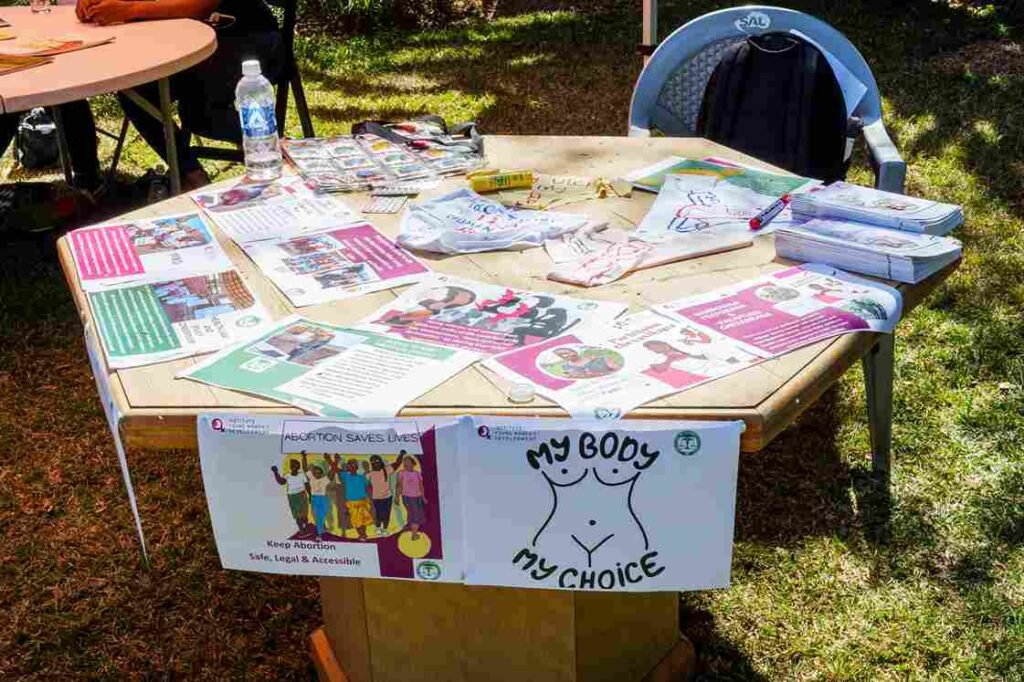Sexual and gender minorities with disabilities often face unique and compounded challenges—both in society at large and within queer spaces. Their identities don’t cancel each other out, and their experiences should never be erased or sidelined.
This guide sheds light on how disability, gender identity, and sexuality intersect, and how we can collectively create more inclusive, accessible communities for all.
Understanding Intersectional Identities
People with disabilities can and do identify as queer, just as queer people can and do live with visible and invisible disabilities.
It’s important to recognize that:
-
Disability does not erase queerness.
-
Queerness does not erase disability.
The experiences of disabled LGBTQIA+ individuals are shaped by this intersection—and often, by exclusion from both the disability and queer communities.
The Disability Spectrum and Its Impact
Disability isn’t one thing—it exists across a spectrum:
-
Physical Disabilities: e.g., cerebral palsy, mobility impairments.
-
Intellectual Disabilities: e.g., ADHD, Down syndrome.
-
Sensory Disabilities: e.g., blindness, deafness.
-
Mental Health Disabilities: e.g., PTSD, depression, anxiety.
-
Non-visible Disabilities: e.g., chronic illness, learning disabilities.
These identities intersect with gender and sexuality, affecting how individuals navigate love, relationships, access, and safety.
Social Understanding of Disability
Disability is not just a medical issue—it is also a political and social issue.
-
The social model of disability teaches us that people are often “disabled” not by their conditions, but by inaccessible environments, stigma, and exclusion.
-
In Zimbabwe, disabled queer people may face double discrimination—from within the queer community and the disability community.
Inclusive policies, accessible spaces, and solidarity across movements are essential for justice.
Language and Terminology
Words matter. Harmful language can exclude, diminish, and stereotype. Inclusive language makes space for dignity.
Understanding Ableism and Internalized Ableism
-
Ableism: Prejudice or discrimination against people with disabilities. This includes inaccessible spaces, exclusion from events, or offensive jokes.
-
Internalized Ableism: When disabled people begin to believe harmful narratives about their own worth or capacity. This is worsened by queerphobia or transphobia.
Being an Ally to Queer People with Disabilities
Support should be intentional, informed, and ongoing. You can:
-
Listen first: Let disabled queer people share their truths.
-
Challenge ableist language: Correct slurs and microaggressions.
-
Make spaces accessible: Think ramps, sign language, alt-text, etc.
-
Offer emotional support: Understand the stress of compounded discrimination.
Common Ableist Terms & Better Alternatives
Avoid these harmful terms and choose affirming alternatives:
| Ableist Term | Why It’s Harmful | Use Instead |
|---|---|---|
| “Crippled / Cripple” | Dehumanizing | Person with a mobility disability / wheelchair user |
| “Handicapped” | Outdated, negative tone | Person with a disability |
| “Dumb / Mute” | Offensive to speech-impaired individuals | Non-speaking person / person with a speech disability |
| “Lame” | Dismissive, rooted in ableism | Uninteresting / Ineffective |
| “Blind to the truth” | Uses disability as metaphor for ignorance | Ignoring the truth |
| “Deaf and dumb” | Outdated and insulting | Deaf person / non-speaking individual |
| “Wheelchair-bound” | Implies restriction instead of mobility | Wheelchair user |
| “Special needs” | Vague and patronizing | Disabled person / person with a disability |
Download the PDF version of this guide below.


